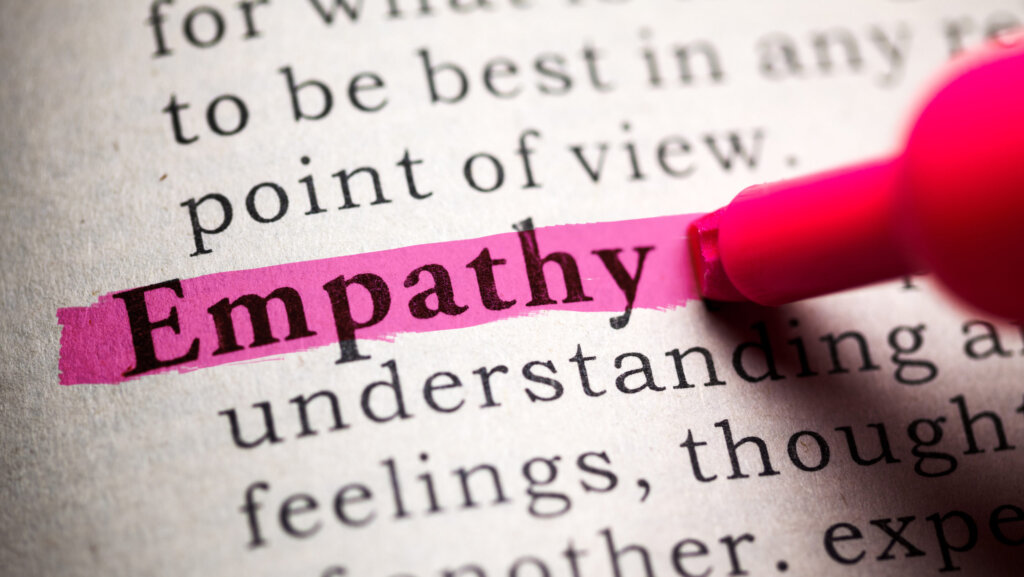How Leaders Develop an Empathetic Communication Style

How Leaders Develop an Empathetic Communication Style
You don’t have to lead very long to discover that people don’t just bring the employee part to work; they bring their entire self to work. Everything that is going on in their lives travels with them. This opens the door for a wide range of attitudes and emotions to enter the workplace. A leader with an empathetic communication style is uniquely equipped to interact with each person in a way that shows care and understanding. When we do this, we can move people from being distracted by life to being focused on the work.
Why Empathy?
Empathy and an empathetic communication style are beneficial for engaging the people on your team. It shows you recognize the people on your team have lives outside of the work environment, and what goes on away from work can significantly affect how someone approaches work.
Emotion researchers generally define empathy as the ability to sense other people’s emotions, coupled with the ability to imagine what someone else might be thinking or feeling. When you communicate with empathy, you show that you care, and that what someone else is experiencing matters. Dr. Brené Brown says it this way, “Empathy fuels connection while sympathy drives disconnection. Empathy is I’m feeling with you. Sympathy, I’m feeling for you.”
Empathy is a Choice
Dr. Brown goes on to remind us that “Empathy is a choice and it’s a vulnerable choice. Because in order to connect with you, I have to connect with something in myself that knows that feeling.” When a leader can enter that vulnerable place where they can put themselves in another person’s shoes, they open a door of connection that says, I care about you, I am here to help you, and you can trust me; all are keys to genuine engagement.
Three Tips for Choosing Empathy
First, listen with an intent to understand, learn, and serve. When you can remove the distractions and entirely focus on the person in front of you, you communicate in an empathetic way.
Second, learn what shows care to the individuals on your team. Some people like encouraging words; some want to spend time with you. If you want to learn more about this, I highly recommend Gary Chapman’s The 5 Languages of Appreciation in the Workplace.
Third, be curious about what makes other people tick. Avoid the temptation to judge others and instead accept that others don’t always see things the way you do, and that doesn’t make them wrong, just different, like you.
In most cases, empathy takes a significant step forward when you are present and in the moment. When you can “be here now,” you can communicate a level of care that will cause people to engage at a higher level and increase their level of performance.
https://greatergood.berkeley.edu/topic/empathy/definition
Perry Holley is a coach and facilitator with the John Maxwell Company’s Corporate Solutions Group as well as a published author. He has a passion for developing others and seeing people grow into the leaders they were intended to become.
More Articles

Finding Time for Leadership: 5 Ways to Lead Effectively on a Tight Schedule

Inspiring Stories of Leadership Coaching in Action









Be the first to comment on "How Leaders Develop an Empathetic Communication Style"